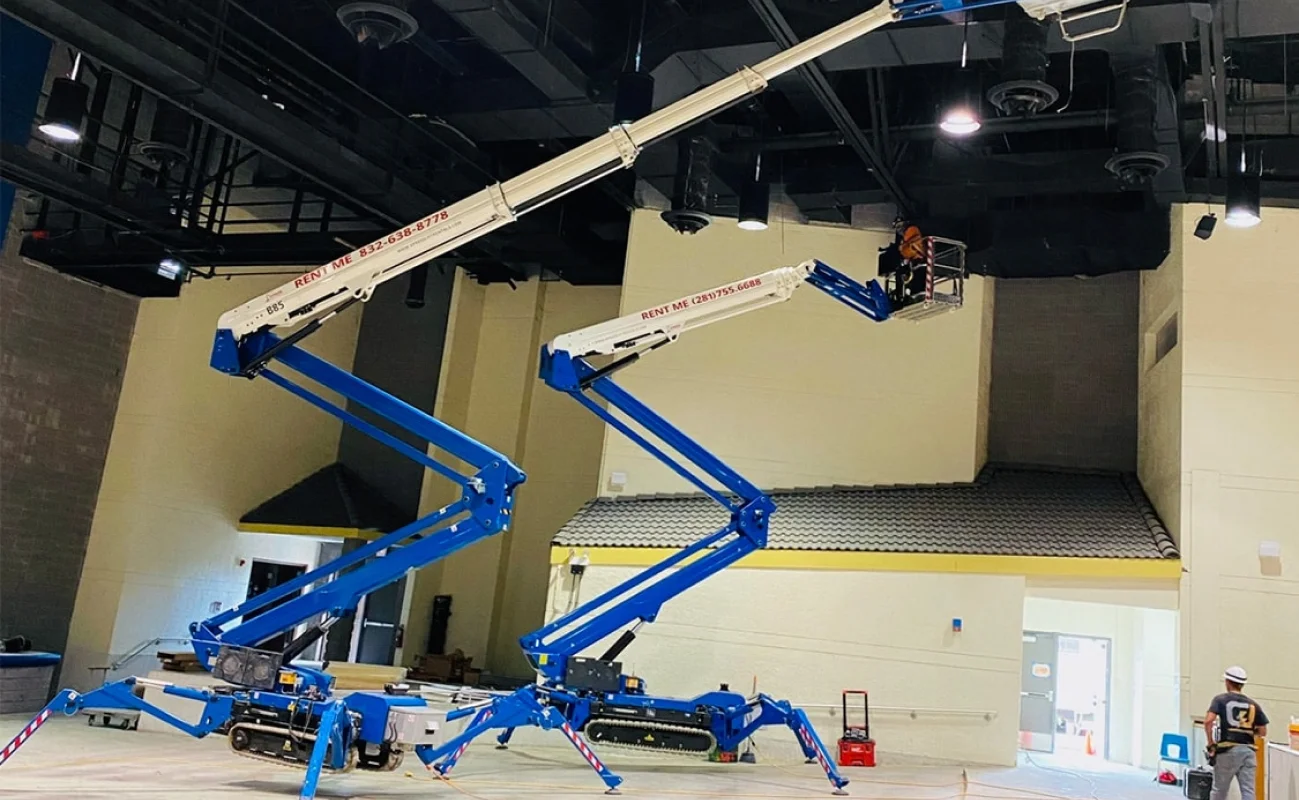In the industrial and construction sectors, efficient and safe management of heavy loads is critical. A key player in this arena has been the emergence and evolution of lifting slings. These tools are not just facilitating easier movement of loads but are also redefining how load management is approached in various sectors.
Understanding the Basics of Load Handling Tools
Before diving into how these devices are changing the game, it’s essential to understand what they are. Essentially, they are materials used for hoisting and moving heavy items. They come in different materials, including chains, wire ropes, and synthetic fibers, each offering unique benefits.
Their versatility and adaptability make them a preferred choice in many industries, including construction, manufacturing, and shipping. Understanding their properties and potential applications is crucial for selecting the right type for a specific task. This foundational knowledge not only ensures efficient operation but also extends the lifespan of the equipment.
Safety Enhancements with Modern Designs
One of the most significant contributions of these hoisting aids is the enhancement of workplace safety. Traditional methods of lifting heavy objects often pose risks to workers, including injuries and accidents. The modern designs of these tools have incorporated safety features that not only protect the load but also ensure the safety of the operators. Their ability to evenly distribute weight and their robust construction reduces the risk of sudden breaks or slips during operation.
Moreover, many of these slings come with indicators that show signs of wear and tear, allowing for timely maintenance or replacement. This proactive approach to safety is pivotal in maintaining a hazard-free work environment.
Efficiency in Operations and Time Management
In any industrial setting, time is a valuable commodity. The introduction of these hoisting tools has streamlined operations, making them more efficient. They allow for quick and secure attachment to loads, reducing the time spent on setting up lifting operations. This efficiency translates into faster completion of projects and operations, ultimately benefiting the bottom line of businesses. Additionally, the ease of use associated with these tools means less training is required, allowing workers to become proficient in their use more quickly. This not only saves time but also reduces the resources needed for training purposes.
Customization and Versatility in Application
Another area where these devices shine is in their customization and versatility. They can be tailored to fit specific needs, whether it’s lifting an oddly shaped object or operating in a constrained space. This versatility ensures that a wide range of industries can benefit from their use, from delicate operations in the aerospace sector to heavy-duty tasks in construction. The ability to customize also means that businesses can have slings made to their exact specifications, ensuring optimal performance and safety. This tailored approach enhances the overall functionality and effectiveness of lifting operations.
Environmental Considerations and Sustainability
Today, the issue of sustainability is becoming increasingly important. These load management tools are playing their part in this regard as well. Their durability and reusability make them an environmentally friendly option compared to single-use or less durable alternatives. Also, the efficiency they bring to operations can reduce the carbon footprint of industrial activities by shortening the time machinery is used and reducing the energy expended. By investing in high-quality, durable slings, companies not only ensure a longer lifespan for their equipment but also contribute to sustainable practices. This commitment to the environment can also serve as a positive influence on a company’s public image.
Conclusion
In conclusion, lifting slings are not just tools; they represent a shift in how industries approach load management. Their safety features, efficiency, versatility, and environmental benefits are revolutionizing the game. As technology advances and the demands of various sectors evolve, it’s clear that these indispensable tools will continue to play a pivotal role in shaping the future of load management. Their impact extends beyond mere functionality; they are catalysts for safer, more efficient, and sustainable industrial practices.

















